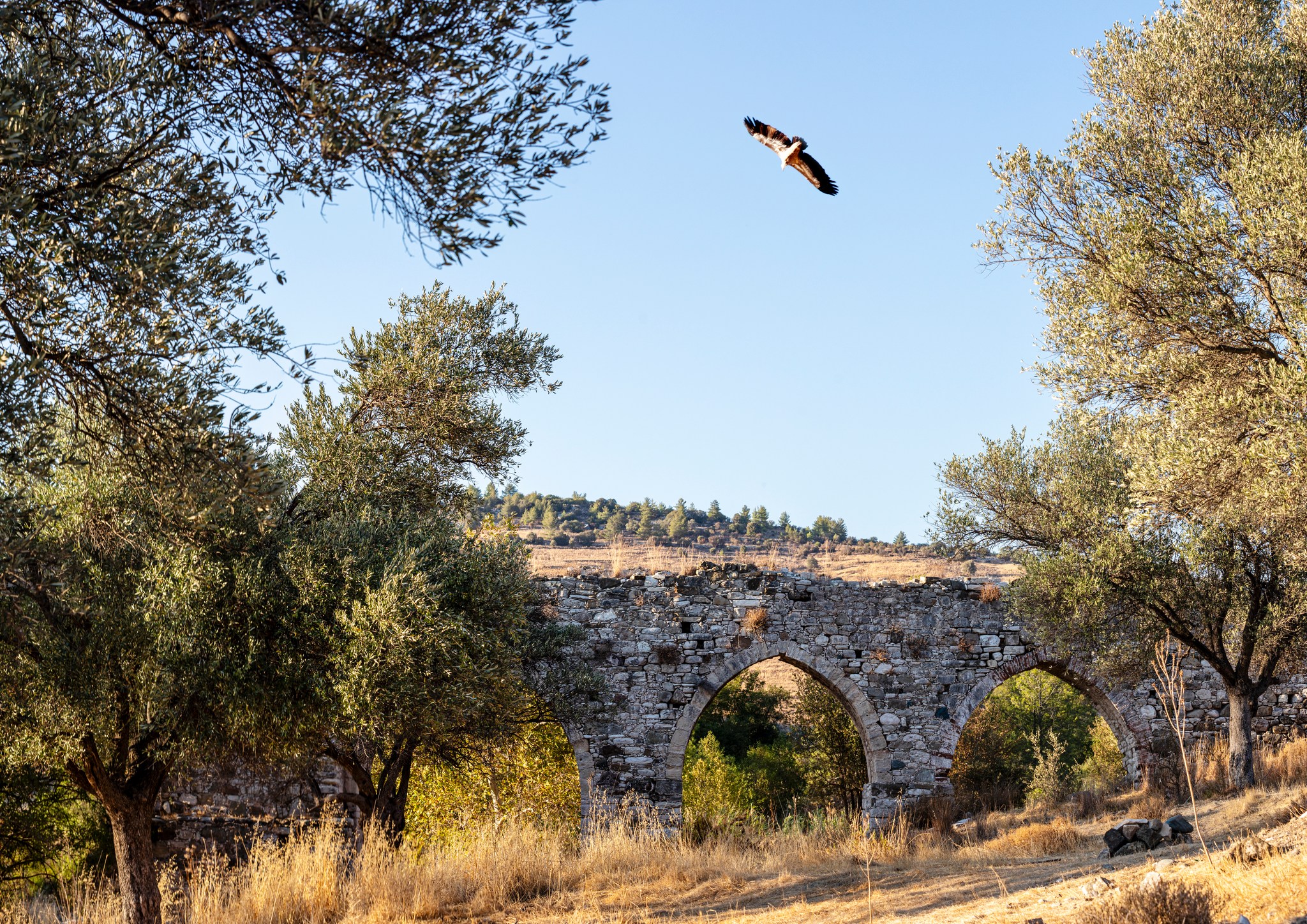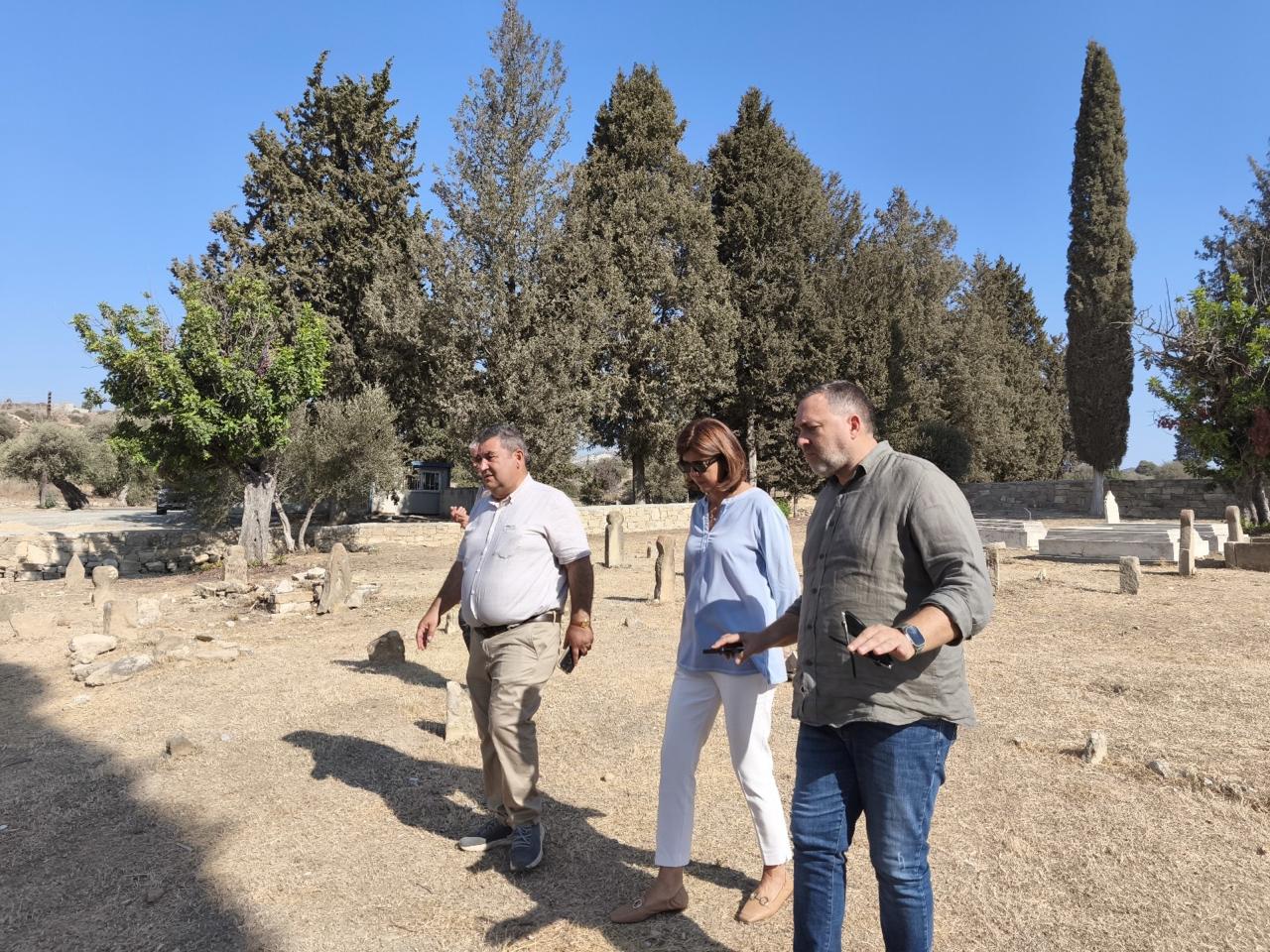There are books that leave a few lines imprinted upon you when you’re done. I’ve already annoyed the unfortunate souls that live with me by my constant repetition of the line, ‘with a head on her like hammered shite’ – a hangover, of course! – and though I haven’t yet had an opportunity to describe someone as having ‘a face on him like a vandalised church’, I’ll be storing the line up until I do. There are also novels who instal one or two characters as tenants in your head long after you’ve put the book down. Wild Houses does this too, in the shape of Nicky (her of the hammered shite head) and Dev, more on whom later. And then there are the novels whose technical perfection leaves a resonant wholeness echoing through you so you know that the next thing you read will almost certainly sound hollow by comparison. This would be a more exciting paragraph if I could say that Wild Houses fell at this final hurdle. But it doesn’t.
Wild Houses is ostensibly the story of the kidnapping of Doll English by two hoodlums who are trying to get 18 grand out of Doll’s elder brother, Cillian, because of a large quantity of missing cocaine. But the real power comes from Nicky and Dev, who are forced to deal with a mess not of their own making. Dev is 23 and lives alone in the middle of nowhere following the death of his mother and the psychiatric institutionalisation of his father. A giant of a man, he nevertheless ‘leaves an awful dainty mark on the world’, which is a tragic euphemism for what we learn is a history of depression and bullying. It is Dev’s isolation and passivity that leads his cousins, Gabe (of the vandalised church face) and Sketch Ferdia to use him first to hold drugs and then to hold Doll.
At 17, Nicky is both the youngest and oldest character in the book. She is Doll’s girlfriend, the only character in stable – non-drug-related – employment, and ultimately it is the selflessness and sacrifice she enacts for a man that she knows she doesn’t love and will not stay with that provides the emotional note left ringing in the reader’s ears.
Between these two characters who never meet, the action of the story unfolds, and with it a sense of the tangles of community that simultaneously connect and blind people to each other in this small town in County Mayo. The final haunting magic of the book is how Barrett crafts something in which the facts remain resolutely bleak at the end, and yet you feel uplifted for having read them.







Click here to change your cookie preferences